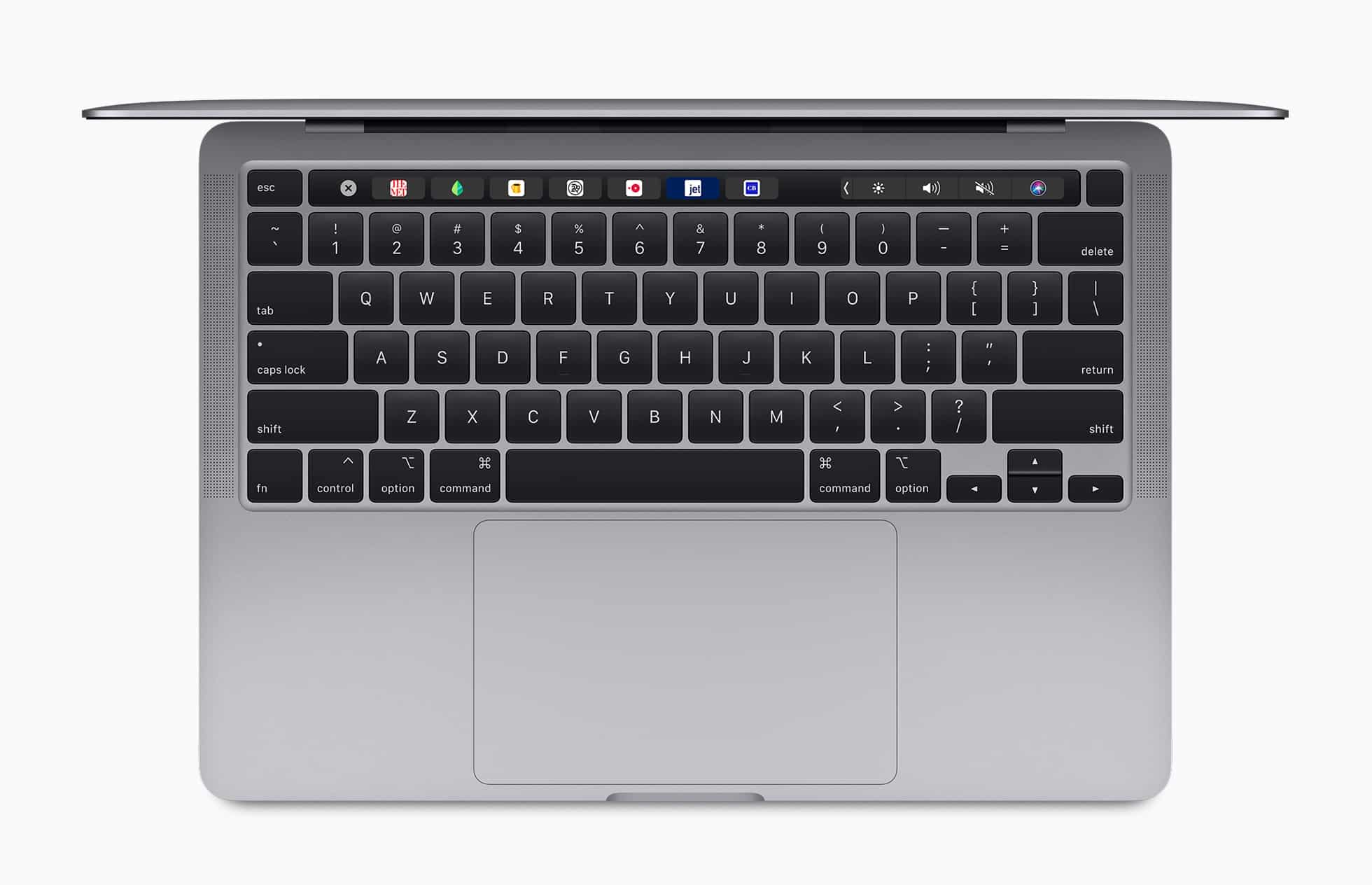In the world of computers, you can always depend on a Mac.
But the truth is, many consumers and businesses think that they don’t need to worry about security when they switch to the macOS ecosystem, which is wrong. Hackers and bad actors have worked hard to create many advanced techniques that can infiltrate the Mac – most recently, we saw Microsoft Office for Mac had been compromised by professional hackers.
The good news is, you do have a chance to improve the security of your Mac.
If you want to protect your computer from hackers, you’ve got to follow some strategic steps. Below, we’ve rounded up some macOS security advice to ensure your data is kept out of harm’s way…
Switch to a standard user account
One strategy to consider when protecting your Mac is to use a standard account, rather than an account with administrator access. If your main account has admin and root access rights then hackers will be able to get into your core files without you noticing. It’s recommended that, if you’re a heavy internet user and download lots of files and software, you should choose a normal account for your day-to-day browsing and work.
That way, if your Mac is compromised, hackers won’t be able to cause too much harm to your computer. Create two accounts on your Mac – one for everyday use, and one for specialist administrative access.
Auto-login is a bad idea

We all love the idea of using our Apple Watches to log into our Macs. The good news is that this feature can stay. But auto-logins should be turned off. By that, we mean Macs that don’t need a username and password to get into as standard. And as any good security expert will tell you, a strong password is essential to reduce the chances of a brute force attack. Here you can find antivirus for Mac that can add an additional layer of security to your MacBook or iMac. Sure, Apple’s ecosystems are more secure than Windows and Android, but if you’ve got sensitive data on your device and don’t want it to enter into the wrong hands, it’s worth the investment.
Use a two-way firewall
Firewalls are something else to consider when improving the security of your Mac. The good news is that Apple offers firewall protection as standard, but this only offers a basic layer of protection. When you create a two-layer firewall instead, hackers won’t be able to penetrate your security layer without significant effort.
Indeed, hackers admit that penetrating a multilayer firewall is one of the most difficult tasks, and thus enabling it makes your macOS device much more secure – and a huge turn-off to cybercriminals who prey on easy targets.
Make sure your data is encrypted

From day one of getting your new macOS device, you should ensure that sensitive data has been encrypted.
With encryption, you’re adding a secured network that will allow you to protect the critical information on your hard drive. That way, even if someone manages to gain access to your data, they won’t be able to decipher it or access personal information such as your credit card details and legal documents. Encryption is offered as standard for some sensitive data on the Mac, but it pays to go the extra mile for added peace of mind.
Inspect on a regular basis
Finally, make sure that you’re inspecting your macOS device on a regular basis to ensure it hasn’t been tampered with. Apple’s new T2 chip can identify if your Mac has been tampered with – but manually checking is a wise move, too. Head to your security settings and ensure that the antivirus software and two-way firewalls are still in place. You can even use a piece of software like Clean My Mac to remove any unwanted files and software which could make your machine more vulnerable to attackers. The more you know about security, the less likely are you to fall victim to an attack – it’s always worth putting in the work.
Do you have any other security tips? Share them with us on social media and check back to AppleMagazine soon for more advice on looking after your macOS, as well as iOS, devices.







